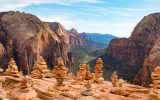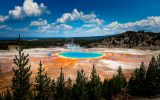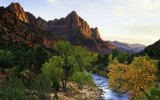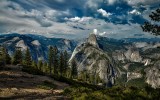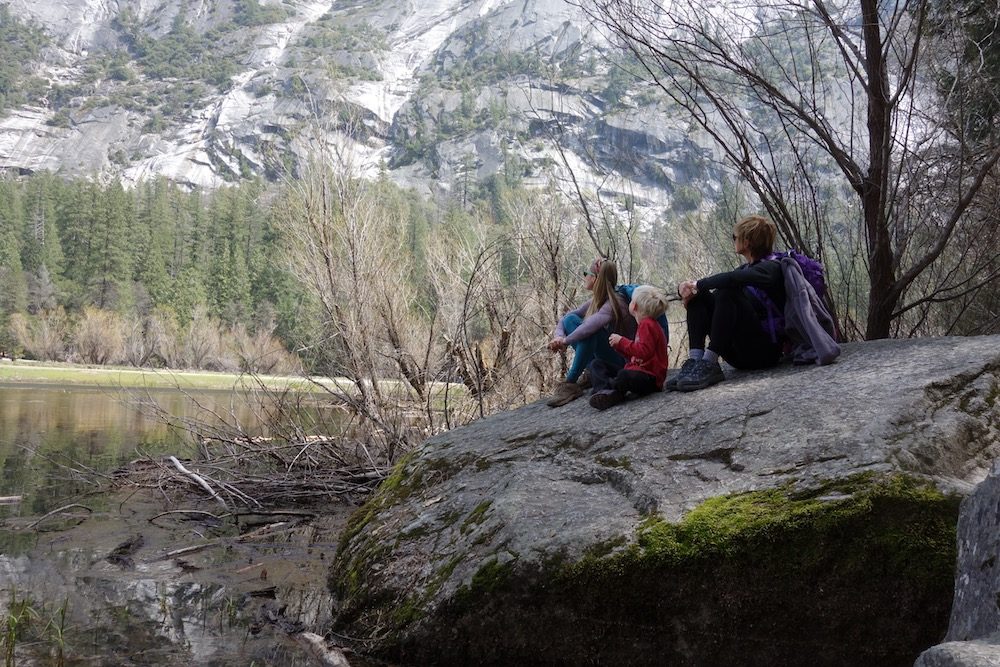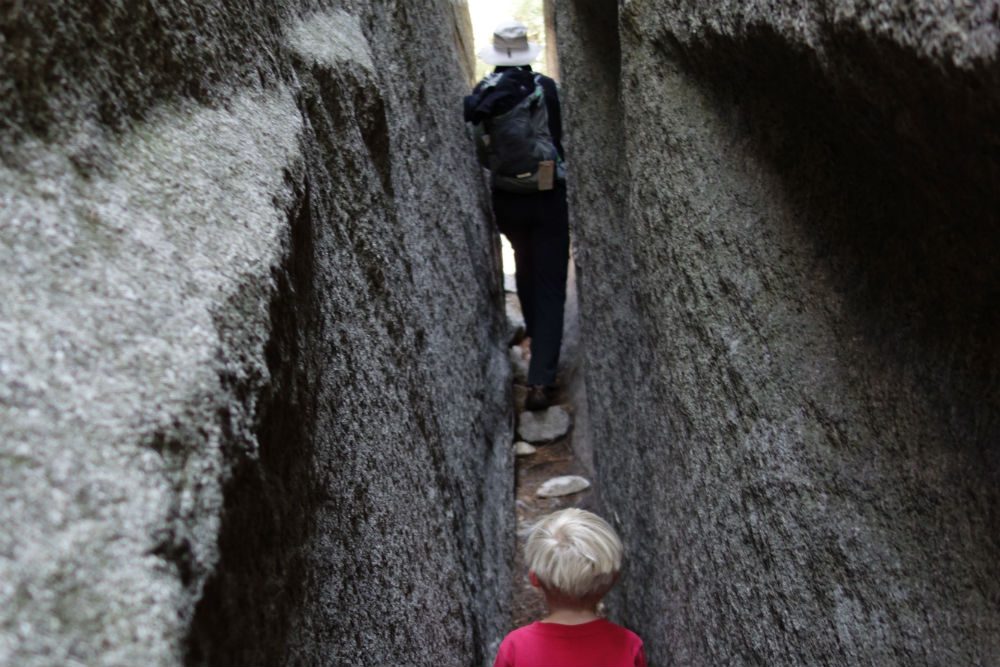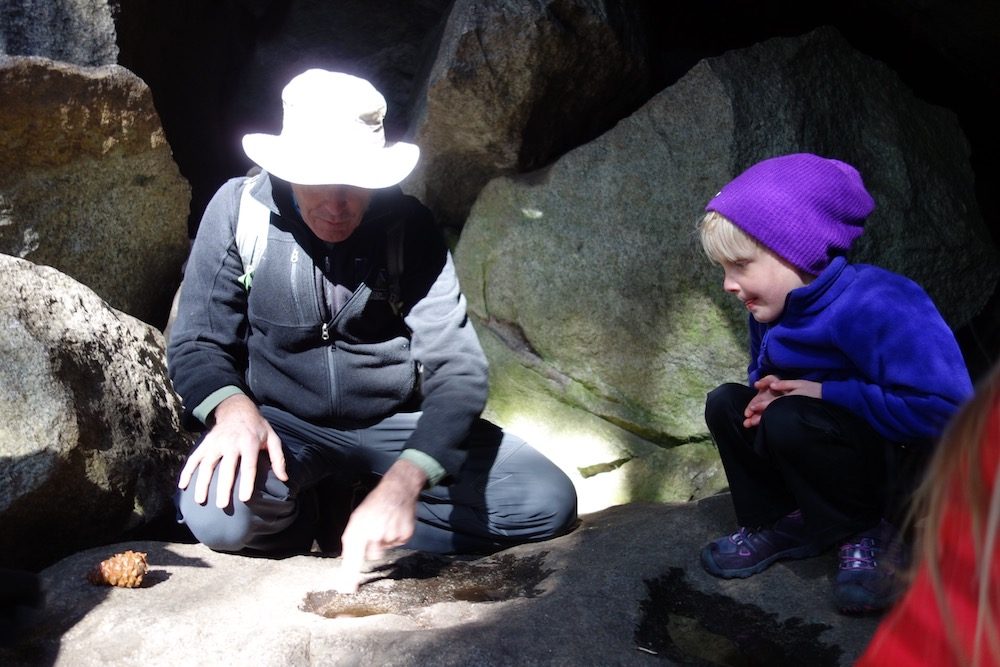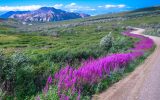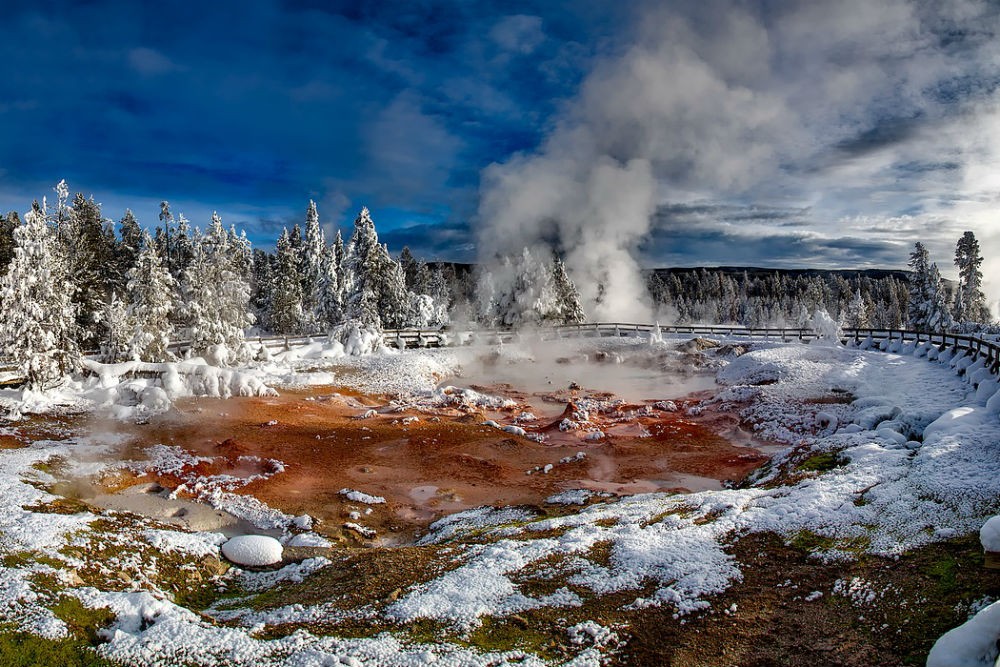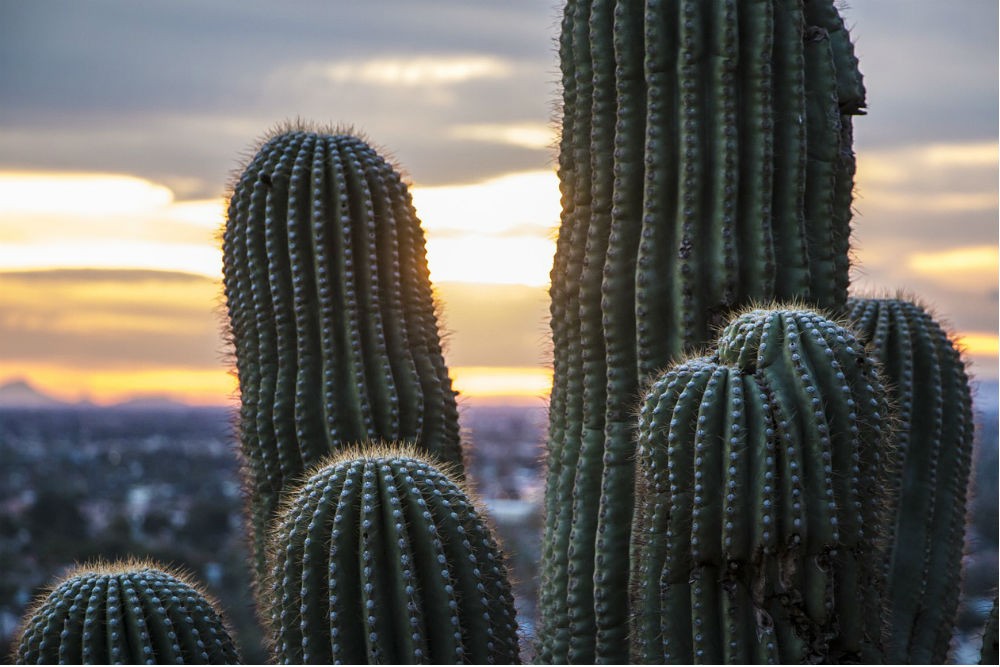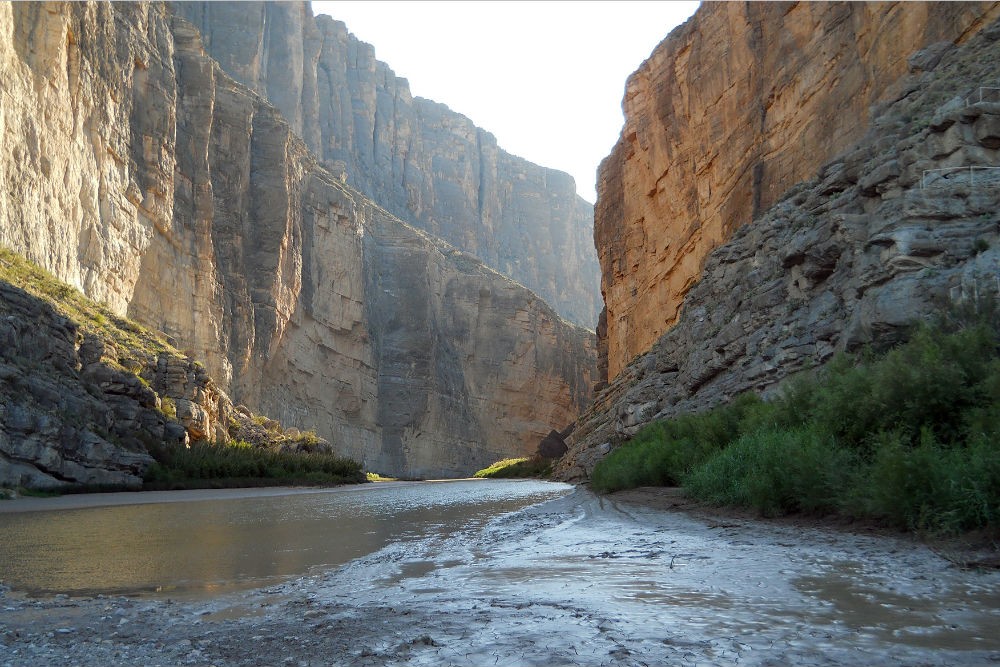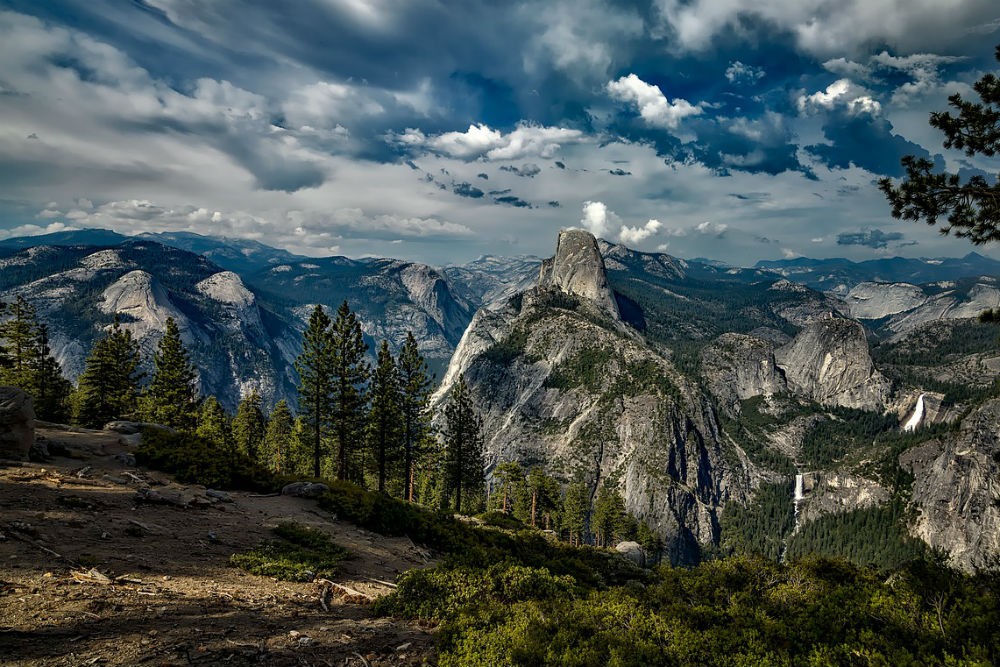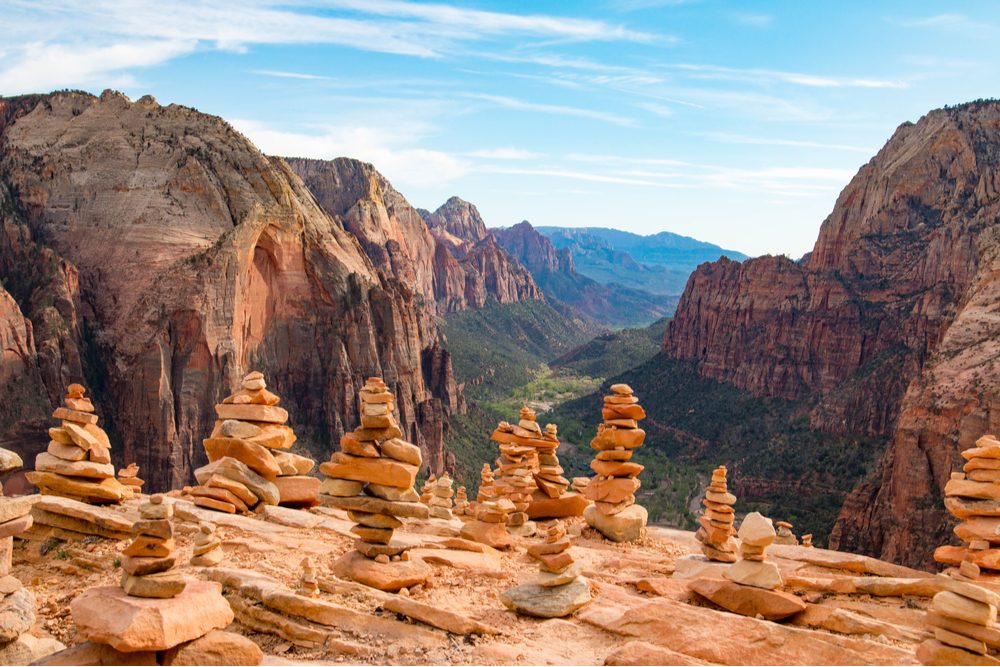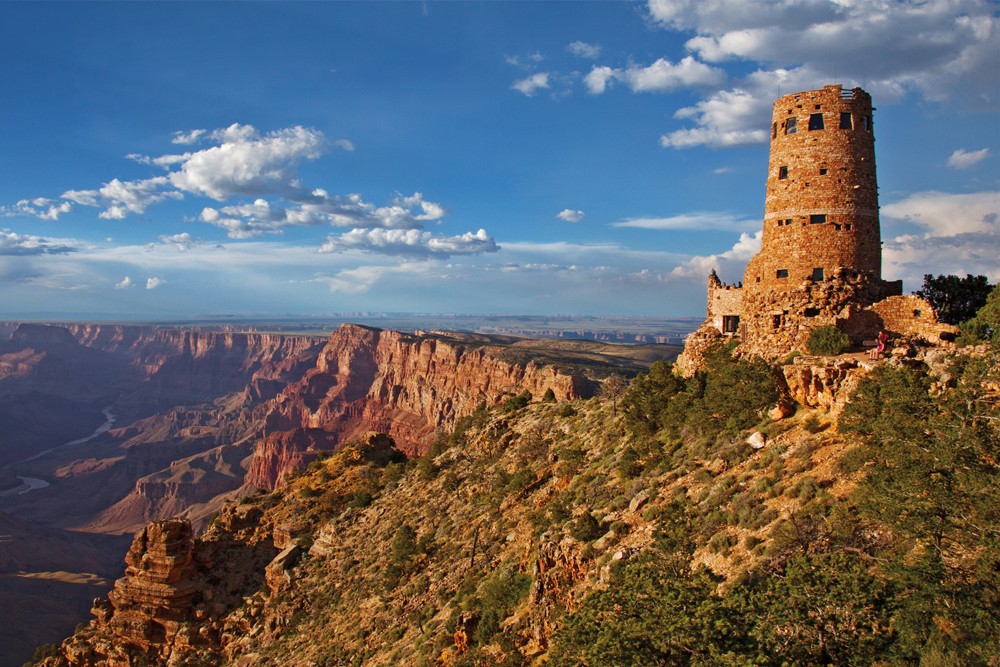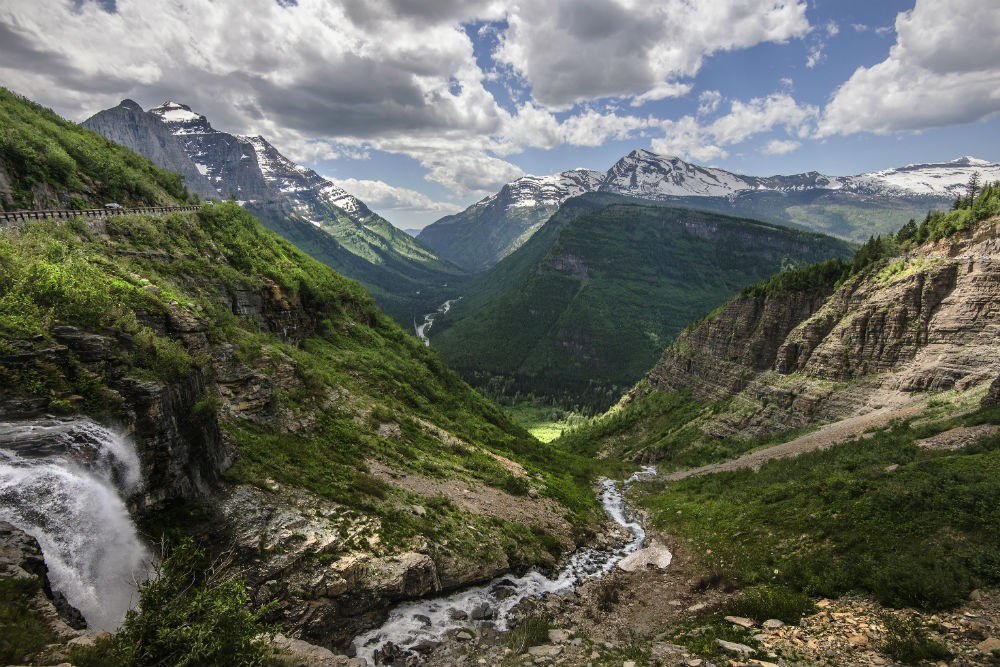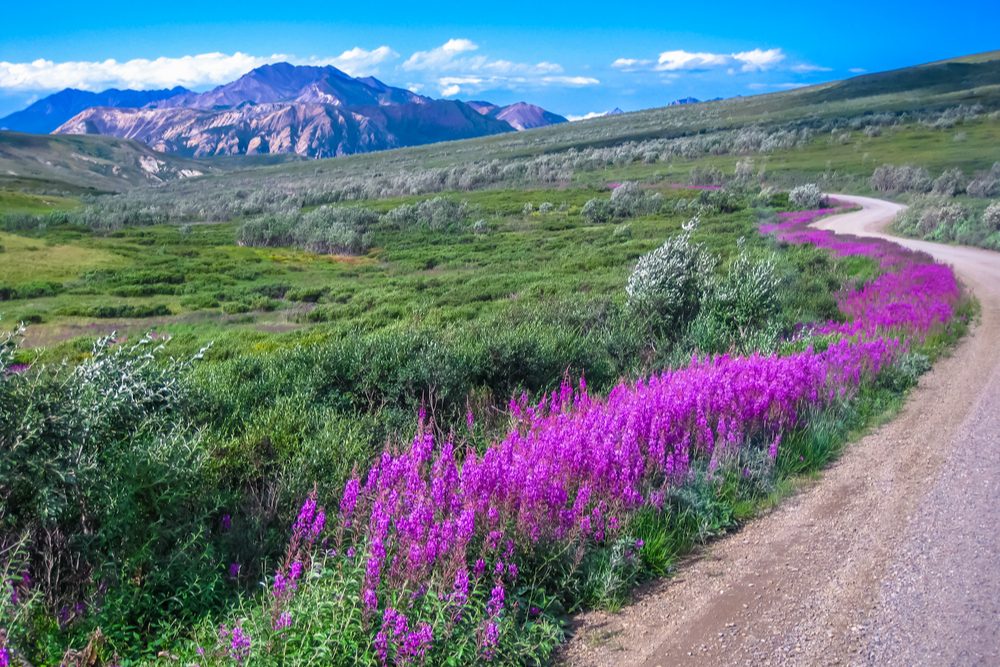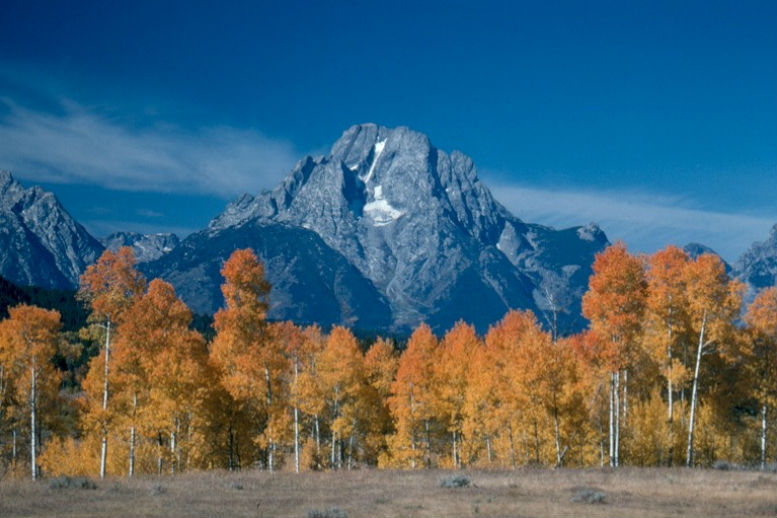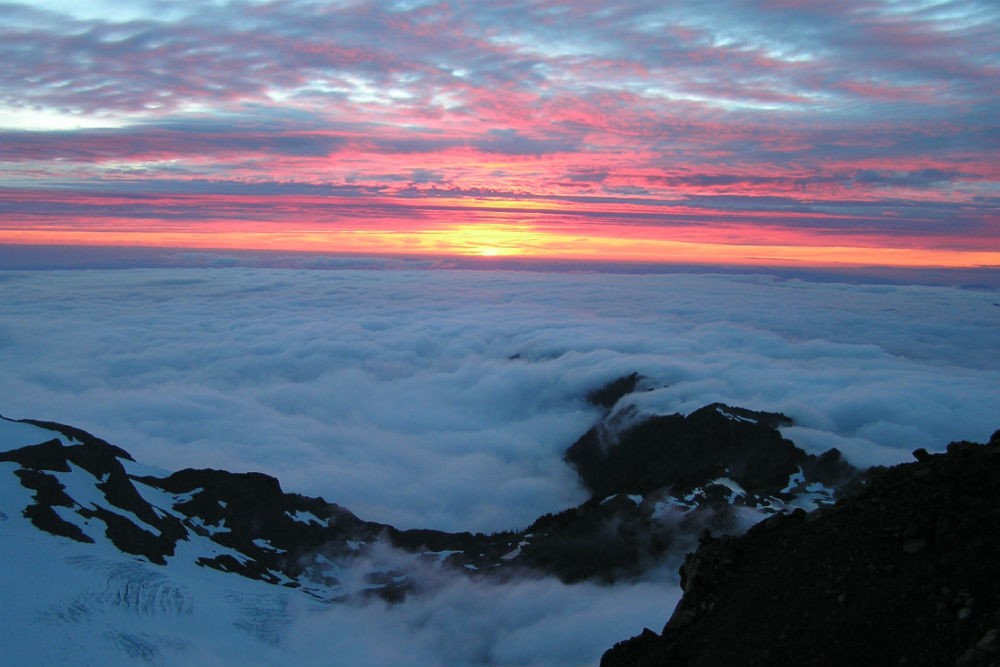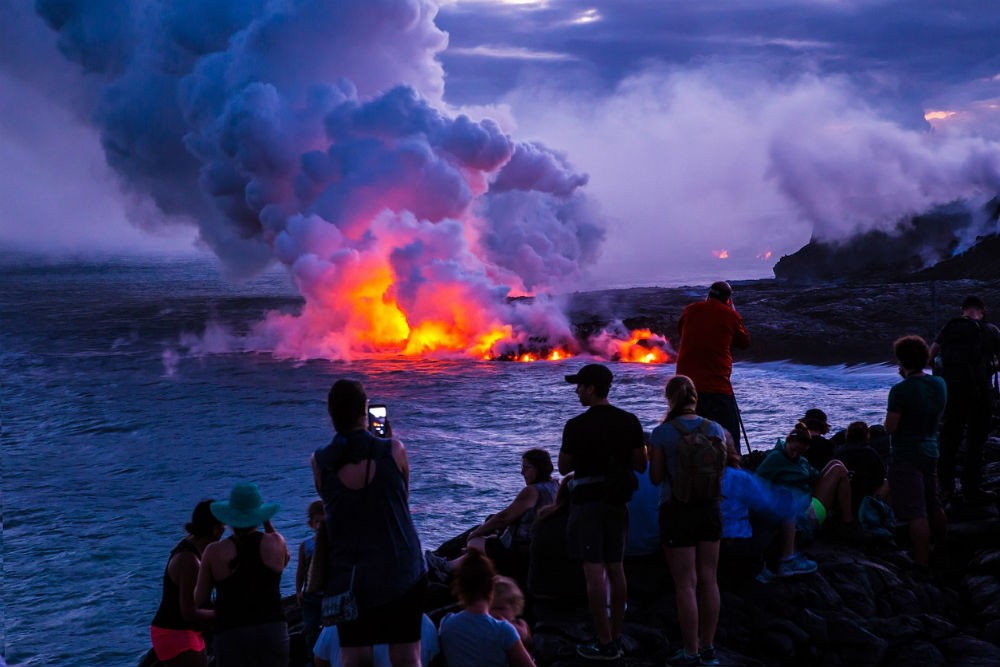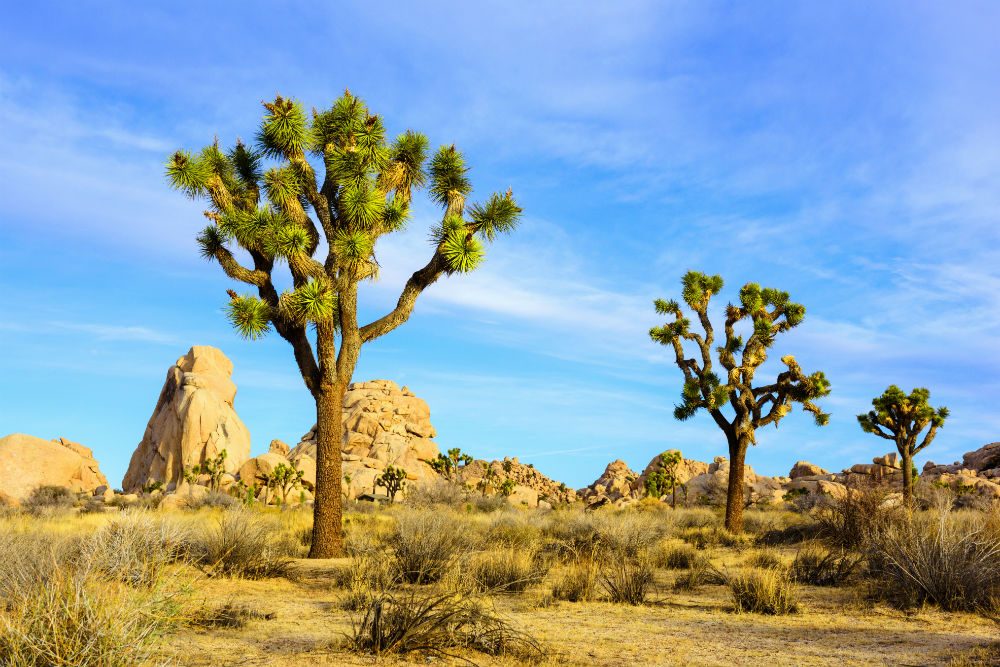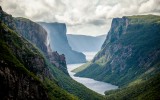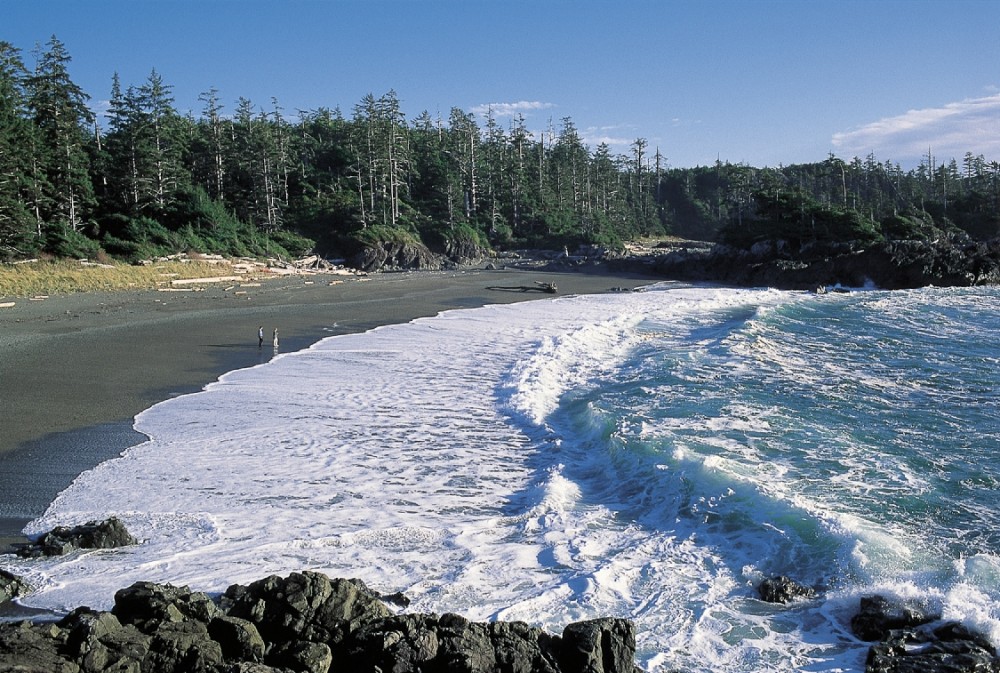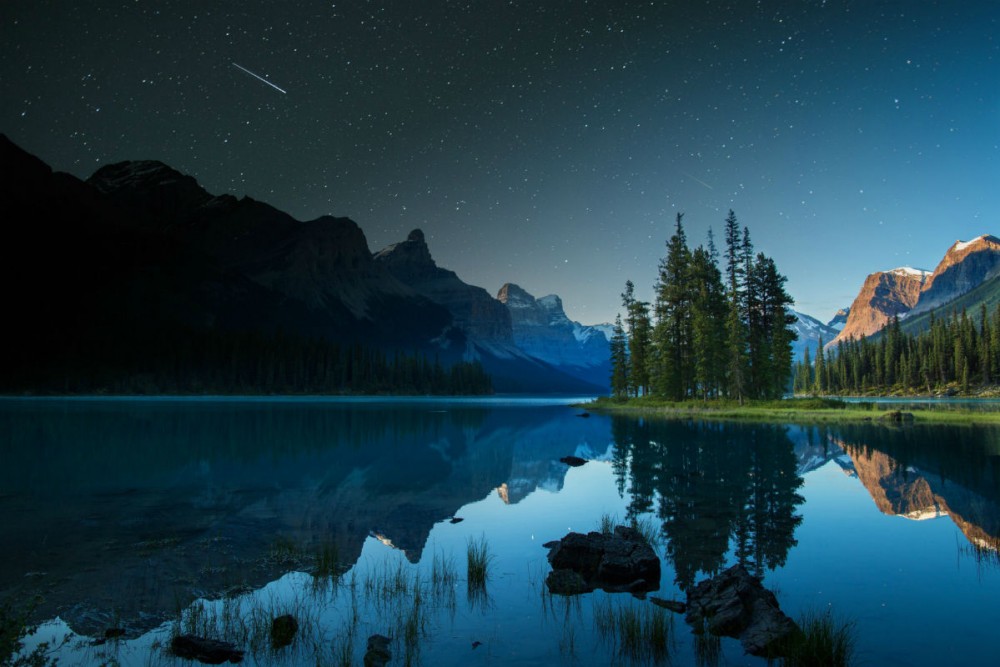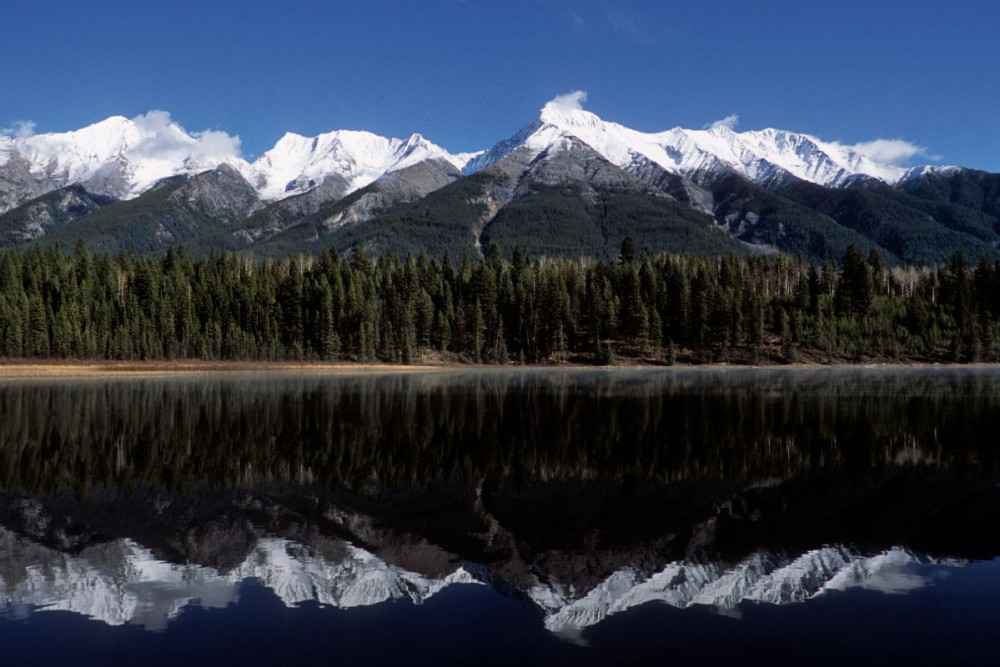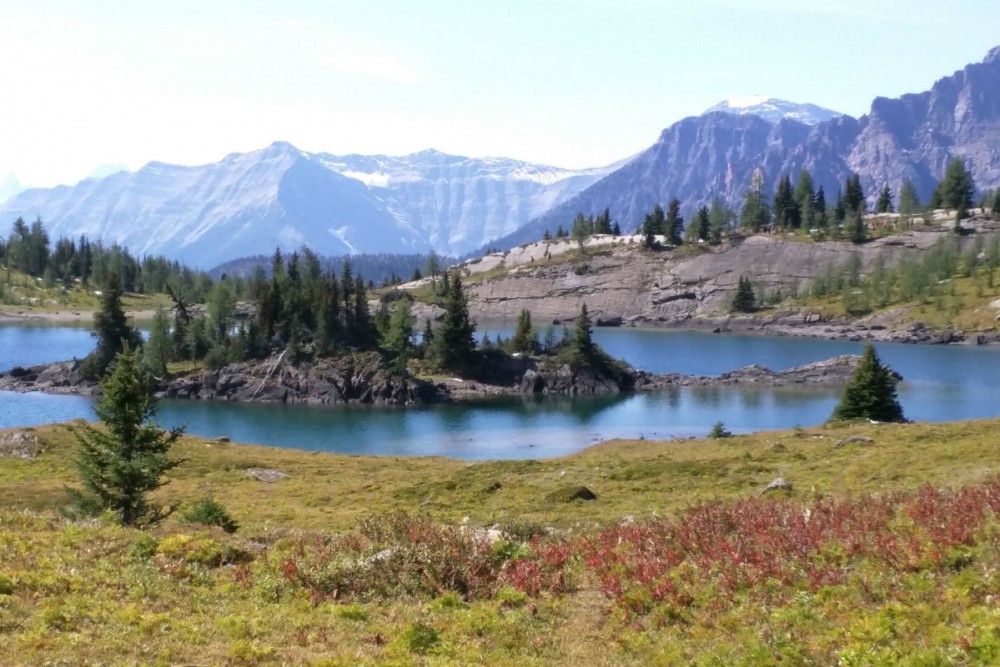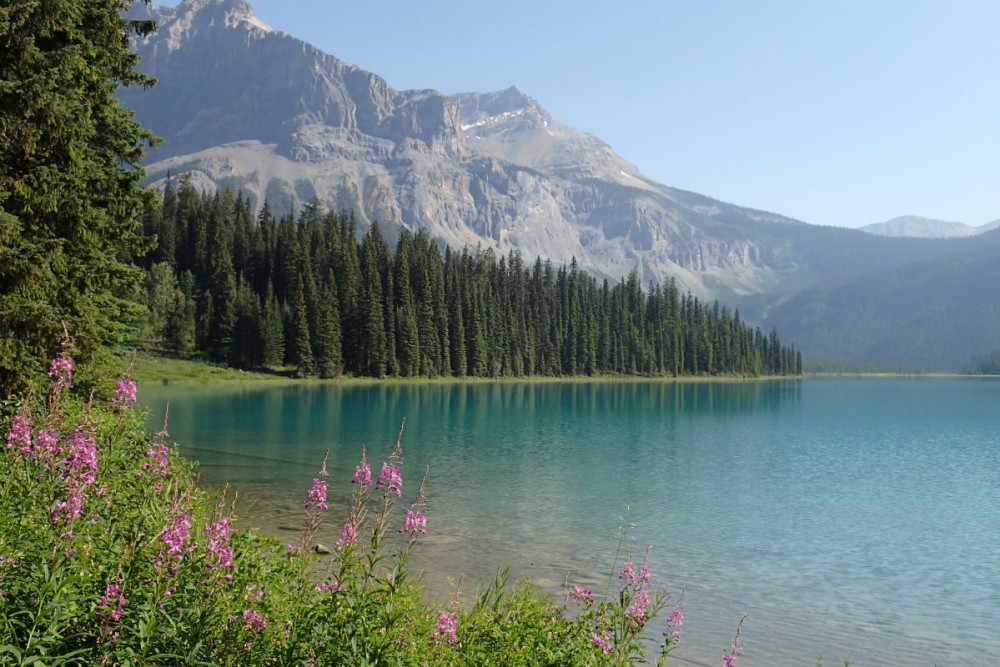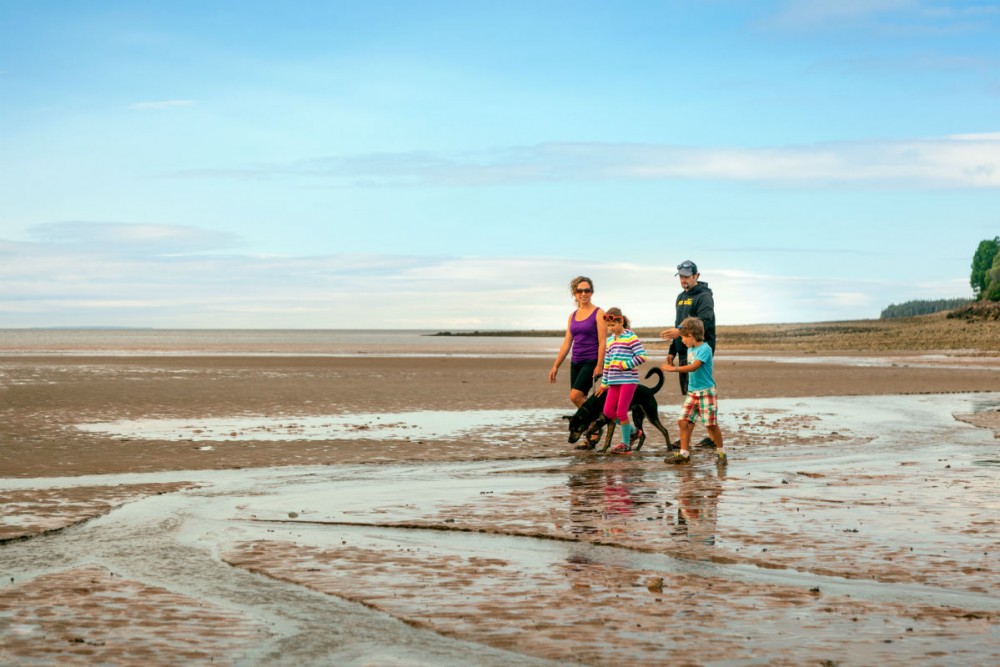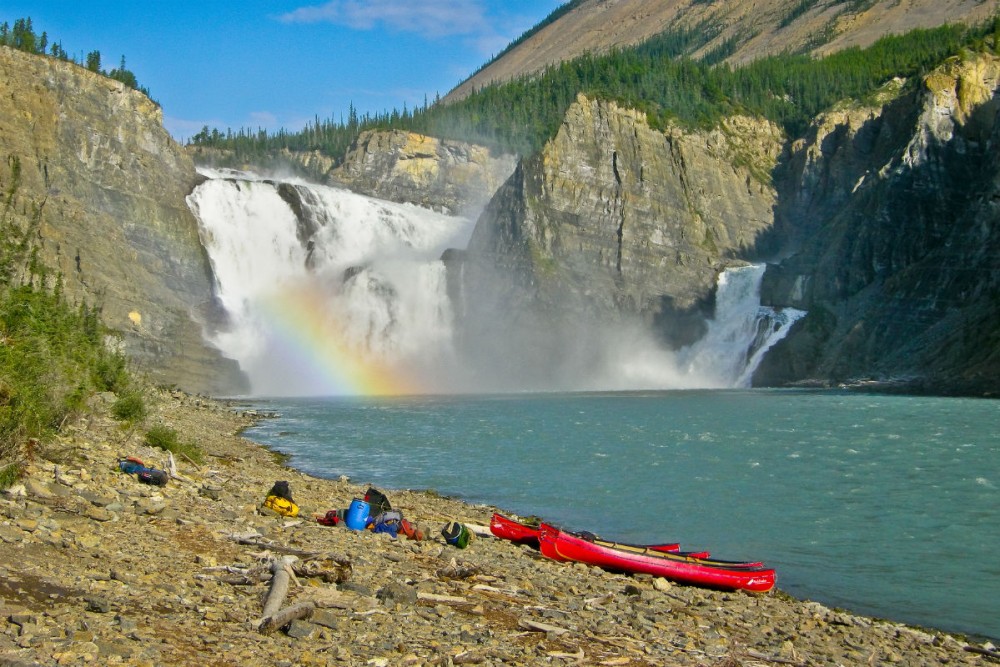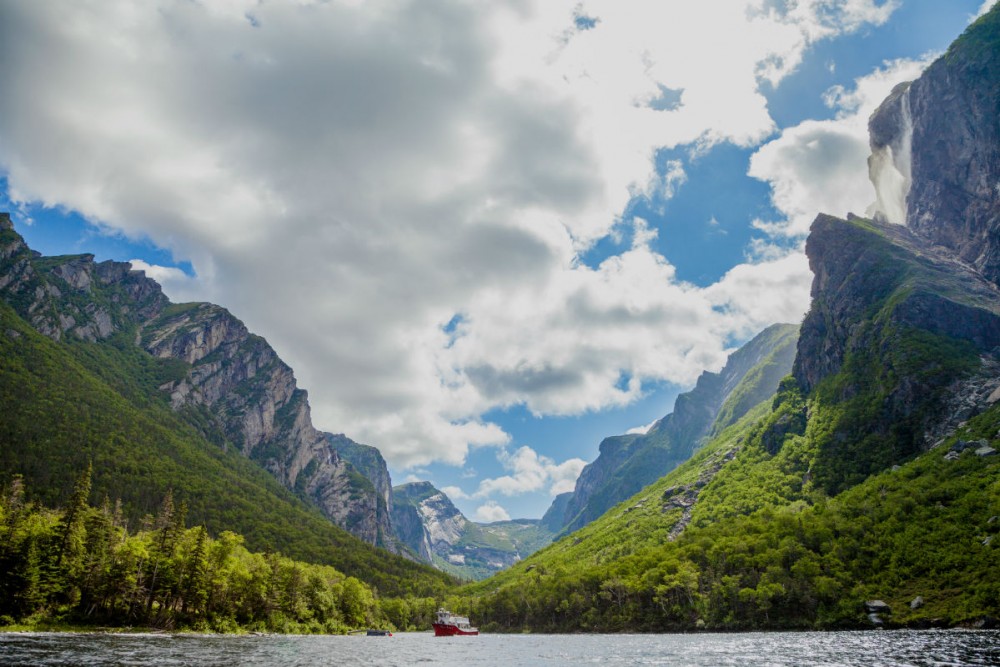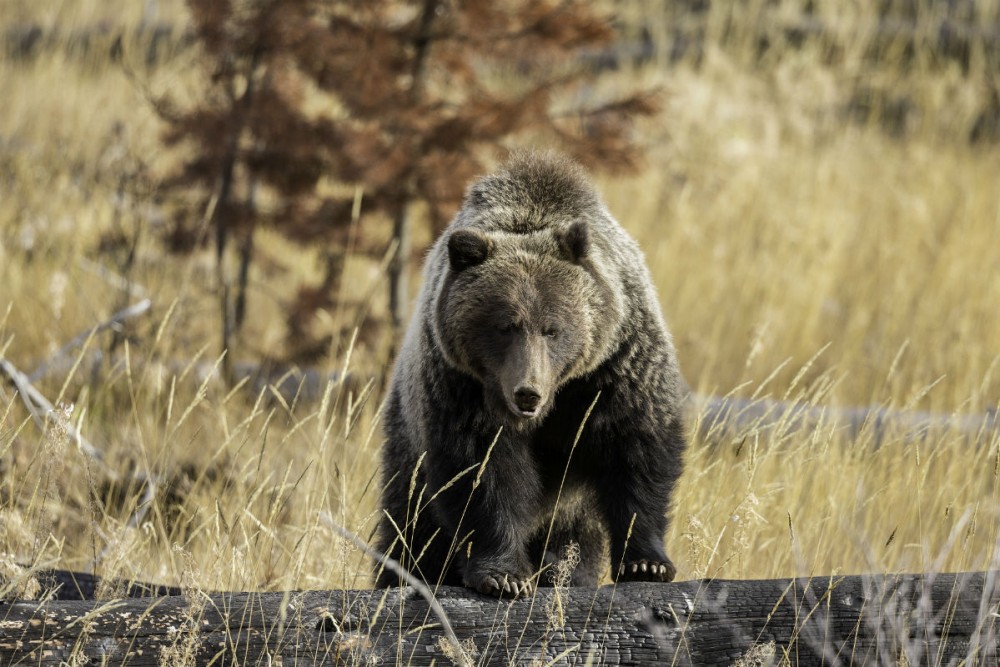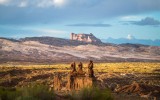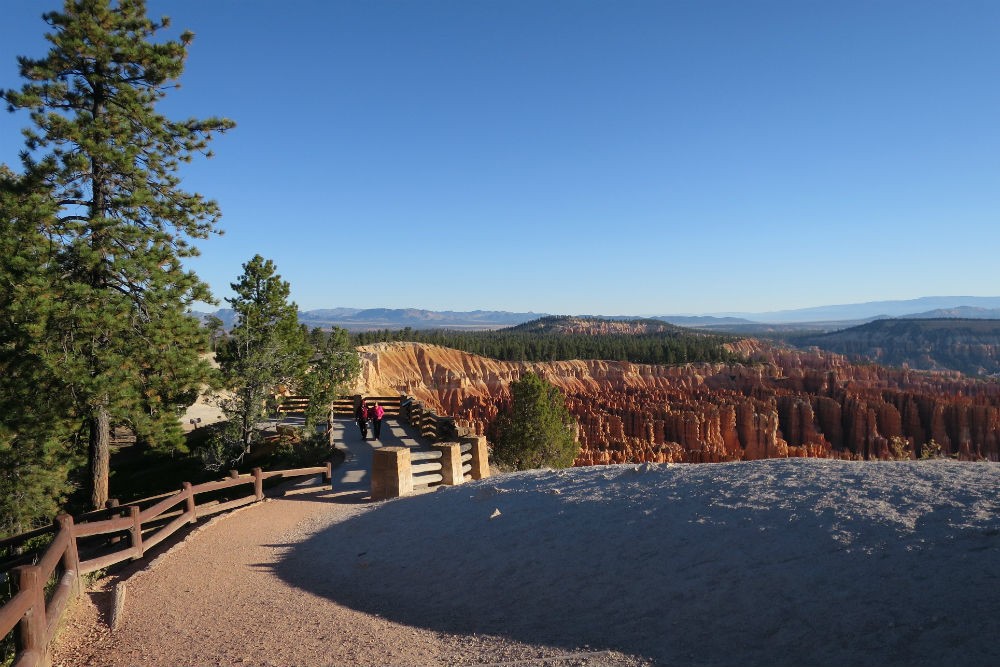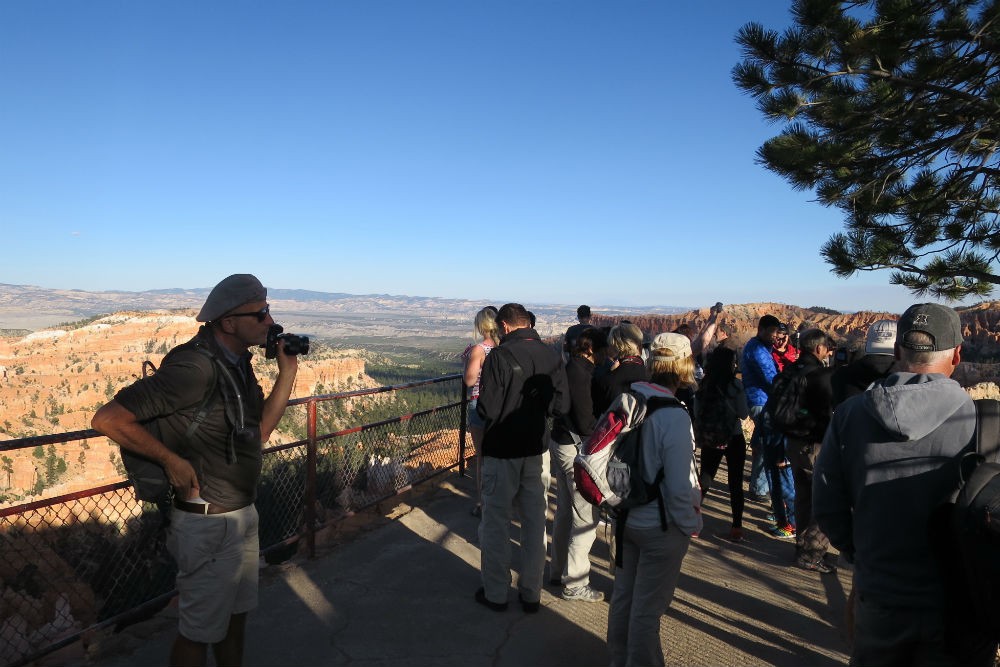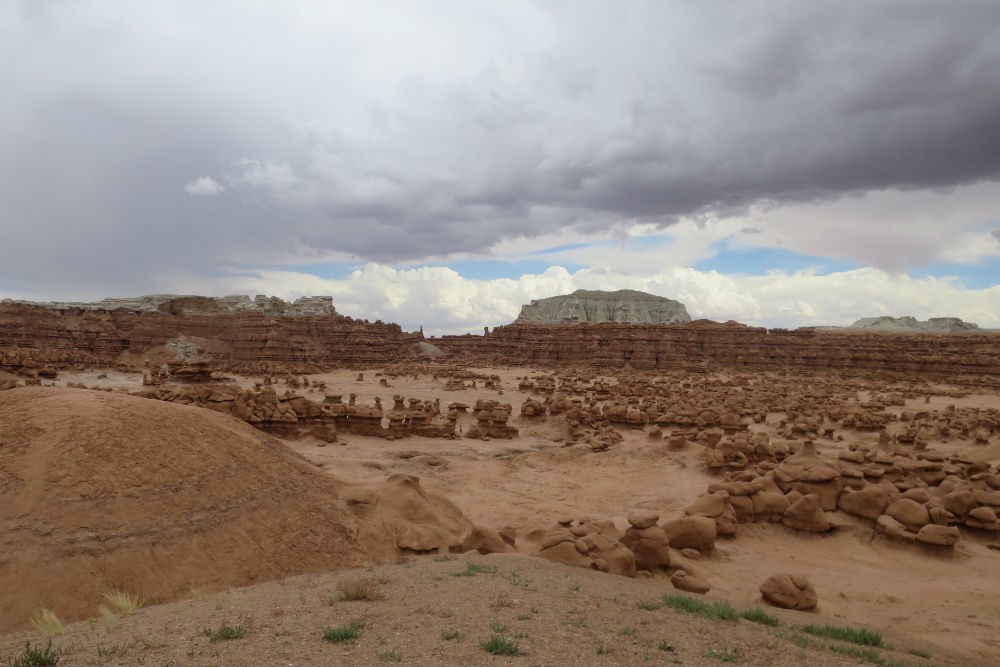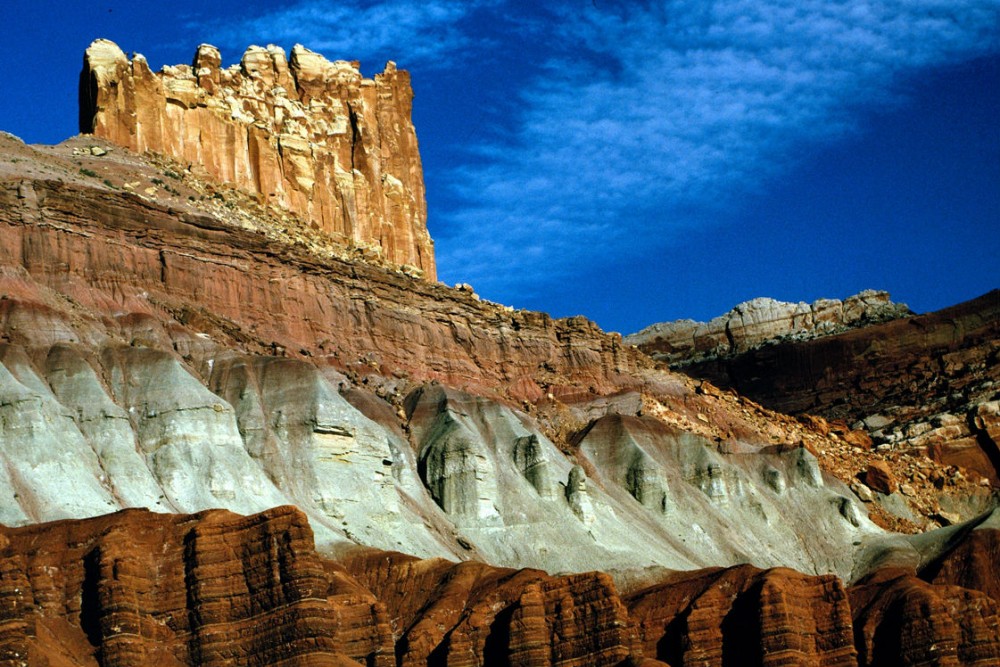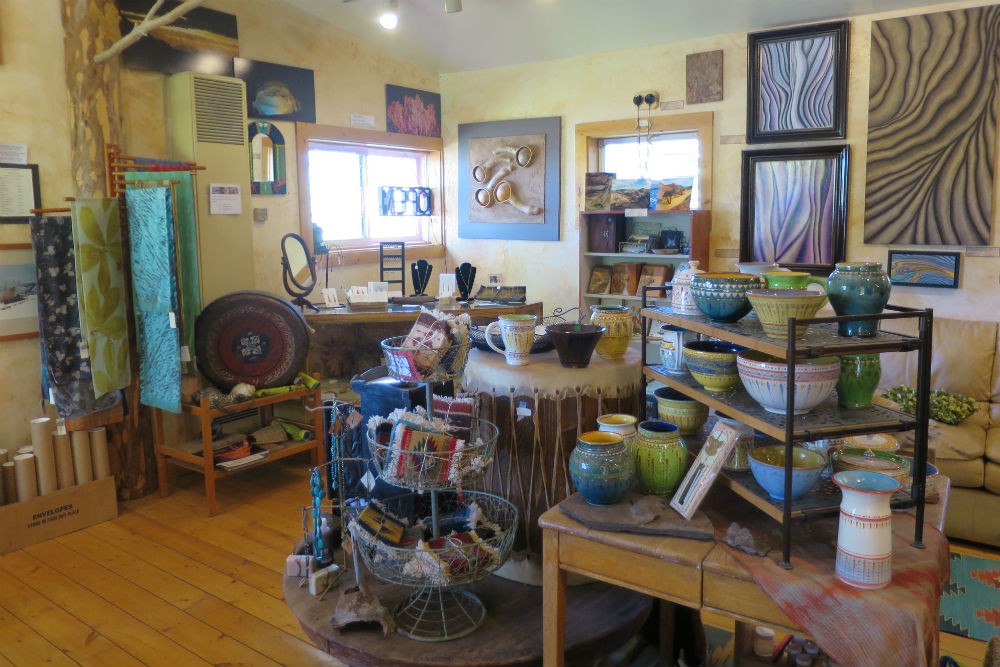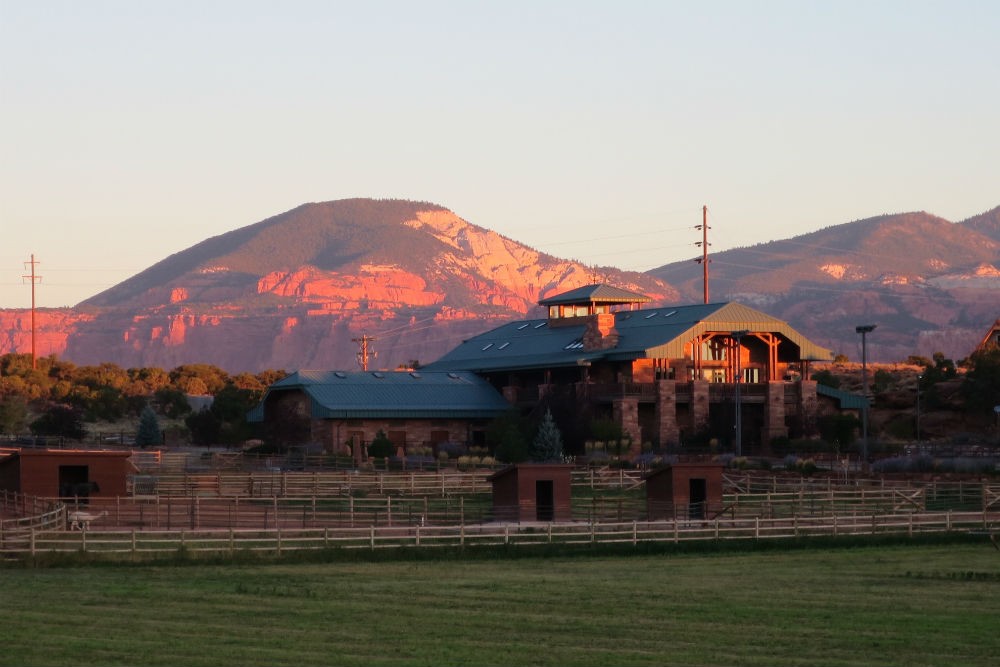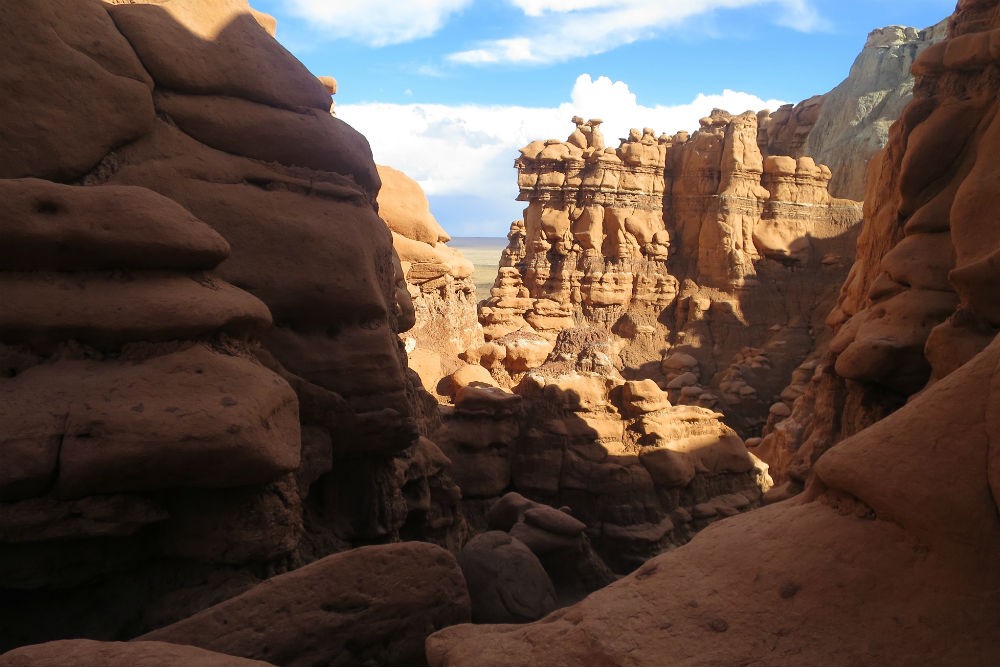Travelers to U.S. national parks this summer should prepare to feel some impacts of this year’s staffing cutbacks. These are likely to be visible in the form of longer lines, fewer rangers to advise and aid visitors, reduced services, and maintenance issues with bathrooms and trash. Last year, U.S. parks experienced record-setting attendance, and the growing popularity further turning up the heat of crowds and expectations.
“For a lot of visitors, experiencing the extra wait times and seeing the garbage not getting emptied can be jarring,” says U.S. national parks expert Melissa Ladvala. “One of the beautiful things about going to the park is seeing the interpretive centers and getting to talk to those rangers to learn about the place you’re in. The staff available and the number of hours open are going to be less.”
Melissa compares the current climate to the 2018 government shutdown, another tenuous period of compromised services and uncertainty. She worked in Zion National Park at that time, and since many of the private guides she hires for her travelers were also on the job back then, they have a leg up in predicting—and preventing—what could go sideways this time around. Melissa is also working her local connections to get updates on conditions and closures, details that are missing from many government websites.
When you book a trip with a WOW List expert (like Melissa) anywhere in the world, you benefit from their local knowledge and connections. When travelers get stuck between a rock and a hard place—whether from unpredictable current events, health emergencies, or just bad weather—local fixers smooth the path. The reviews below show how experts with their fingers on the pulse of complex places and situations in and around national parks recently helped your fellow travelers. Whatever trails you travel, for a personalized trip recommendation, ask us by clicking the black button below.
CRATER LAKE NATIONAL PARK, OREGON: “When the smoke was impacting the Bend, Oregon, area we planned to visit, Sheri rerouted us…”
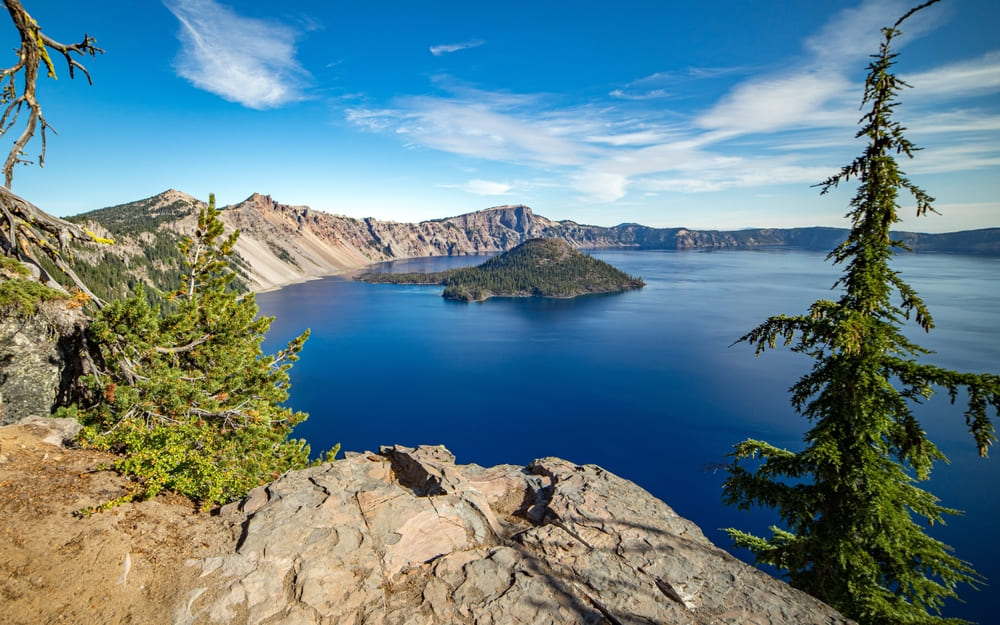
Thanks to deft rerouting, Sheri Hardin was still able to see Crater Lake. Photo: Shutterstock
“Wildfires are so unpredictable. Thankfully, when the smoke was impacting the Bend, Oregon, area we planned to visit, Sheri rerouted us. She looked at the fire maps, talked to hotel management in Bend to make sure there were no repercussions for cancelling, rerouted us so we could still visit Crater Lake National Park, booked reservations at three hotels for us, and updated our itinerary with driving and restaurant suggestions. She did all of this while we were out enjoying our day of flying and riding dune buggies. There was no stress involved for us at all, and we still got to enjoy all the items that were on the wish list for our trip.
Sheri had listened attentively to my wish list and planned a perfectly paced trip. We started in Portland, where we also took a day trip to visit waterfalls and Mount Hood. Next we stayed at the beautiful, peaceful Stephanie Inn beachfront property in Cannon Beach. Took a day trip to Astoria, followed up by attending a kite festival in Lincoln. Next we spent time in Yachats, where we watched the waves crash on the rocks from our room. Other locations we stayed in, with unique rooms and lots of things to do, were Grants Pass, Eugene, and the Willamette Valley. We finished our trip with a wine-tasting afternoon and made a toast to another great trip planned by a WOW specialist.” —Sheri Hardin
To get your own WOW trip, start with our trip questionnaire, reached via the black button below.
YELLOWSTONE & GRAND TETON, WYOMING: “Of the hundreds of companies that service the parks, Melissa had the knowledge to pick the very best…”
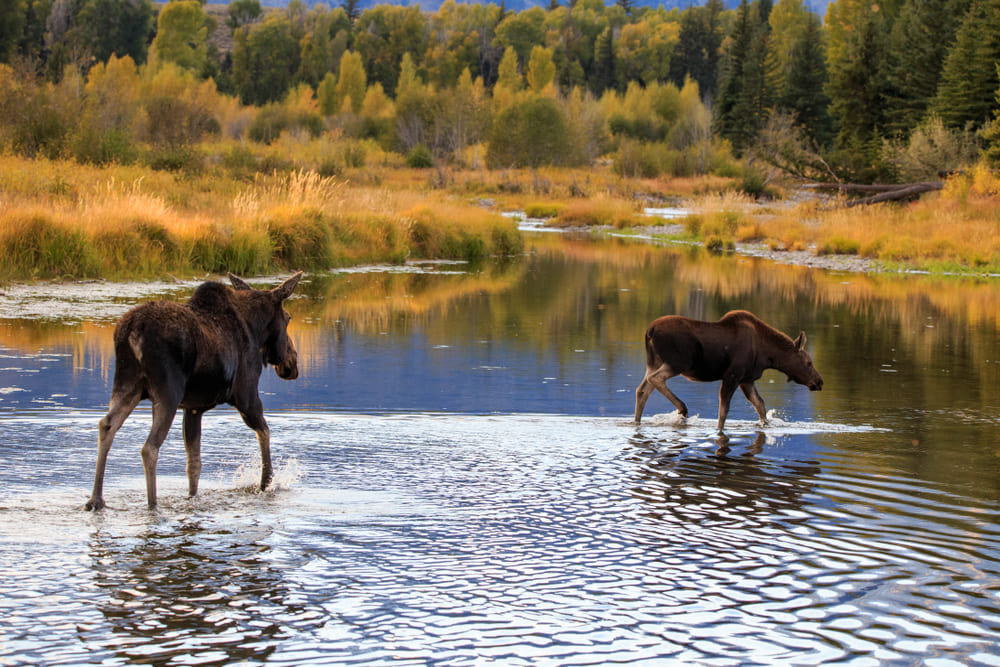
A moose and her calf walking across the Snake River in the Grand Tetons National Park. Photo: Shutterstock
“Melissa planned a terrific trip for us to Yellowstone and Grand Teton national parks. It was the perfect balance of guided and scheduled activities and free time to explore, and exactly what we wanted.
At her recommendation, we flew into Bozeman, Montana, and then drove down to Yellowstone, where we stayed a few days each in two different hotels, in different parts of the park. Then down to the gorgeous Grand Tetons for two nights, and a flight home from Jackson, Wyoming.
Thanks to the expert guides she arranged, we were able to see wolves, grizzlies, moose, elk, pronghorn and longhorn sheep. Bald eagles, osprey, herons, killdeer, ravens and other birds. Our visit to the geyser basins was far more educational and meaningful with an expert guide than it could have possibly been if we’d simply walked around and read the few signs.
As with all trips, so much depended on the guides. Of the hundreds of companies that service the parks, Melissa had the knowledge and experience to pick the very best for us. On our own, we could never have come close to the trip she gave us.” —Lisa Riggs
To get your own WOW trip, start with our trip questionnaire, reached via the black button below.
OLYMPIC NATIONAL PARK, WASHINGTON STATE: “A gorgeous park and area that can be a bit overwhelming…”
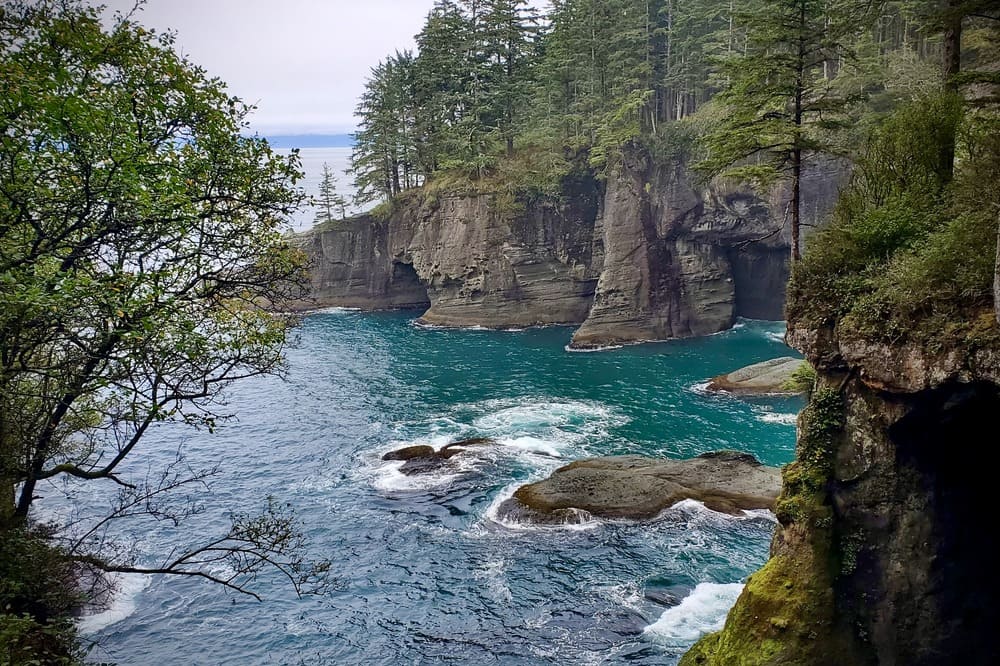
Robert and Lina hiked the winding Cape Flattery trail at Neah Bay. Photo: Traveler Robert Grabill
“Olympic National Park is a gorgeous park and area that can be a bit overwhelming. Sheri found us a great vacation rental in the 3 Crabs area of Sequim. The house sat right on the Strait of Juan de Fuca, so we could watch the tides, birds and ships. Sheri did a wonderful job with all of her recommendations. We hiked along Hurricane Ridge, Lake Crescent/Marymere Falls, the Sol Duc River, the Hoh Rain Forest, Kalaloch and Lake Quinault. Despite it being the off season (which was a great time to go), the Hoh Rain Forest was very popular and was the busiest of all the locations we visited in the park. The Hall of Mosses is as impressive as everyone says it is—a must-see!
Kalaloch Lodge and the Pacific Coast area was another favorite. Our cabin had a great view of the ocean and sunset. It’s a place to absorb the power of nature.
Sheri recommended Cedarbrook Lodge for our last night close to the Seattle airport and that recommendation was spot-on. The hotel is luxurious in a beautiful and unexpected setting.” —Robert and Lina Grabill
To get your own WOW trip, start with our trip questionnaire, reached via the black button below.
DENALI NATIONAL PARK, ALASKA: “While the clouds covered Denali, we were still able to fly over the park and see the glaciers.…”
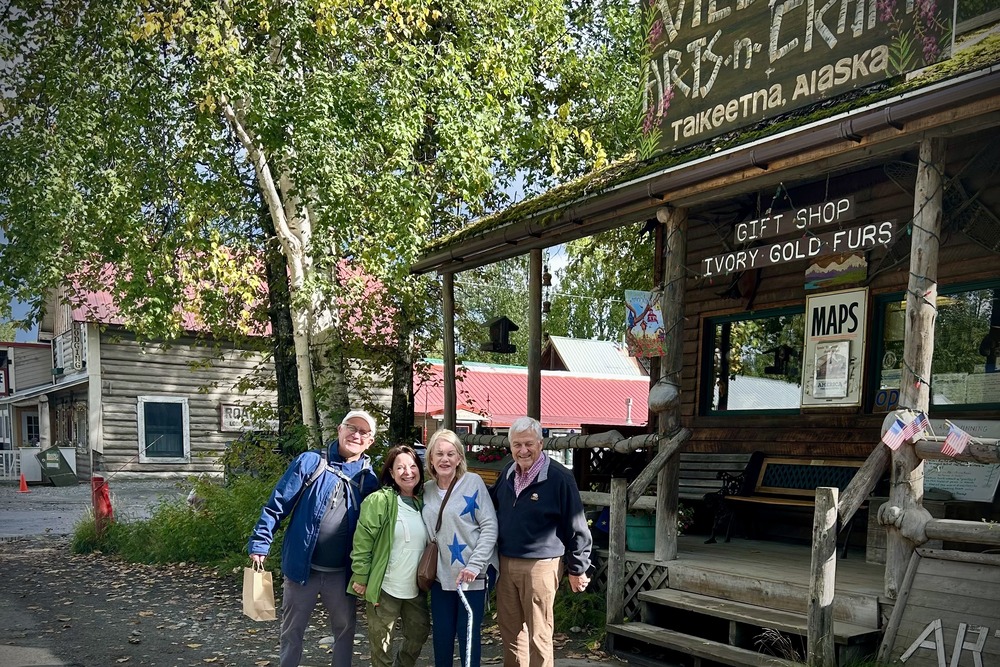
Kay and Max Reiboldt strolling in Talkeetna with friends.
“My husband and I had been to Alaska before, but our friends had not. However, Judith planned a trip that incorporated new things for us to see and do. For example, we had experienced the river boat charter in Whittier and Prince William Sound, but it was on a larger boat with a crowd. Judith arranged for a small charter with just the four of us and two others. It was such a treat, and we saw bears, otters, sea lions (playing and lounging), harbor lions and puffins! Our lunch was on a small slender strip of land that connected two smaller islands. As we were pulling away from our special spot, we basically saw the connection disappear with the tide, and only two separate islands remained!
We covered a lot of territory visiting Girdwood, Homer, Seward and Talkeetna. Max and I had never been to Talkeetna and Denali Park, so this was new for us. While the clouds covered Denali, we were still able to fly over the park and see the glaciers.” —Kay Reiboldt
To get your own WOW trip, start with our trip questionnaire, reached via the black button below.
Be a smarter traveler: Sign up for Wendy’s weekly newsletter to stay in the know. Read real travelers’ reviews, then use the black CONTACT buttons on Wendy’s WOW List to reach out to the right local fixer for your trip.

